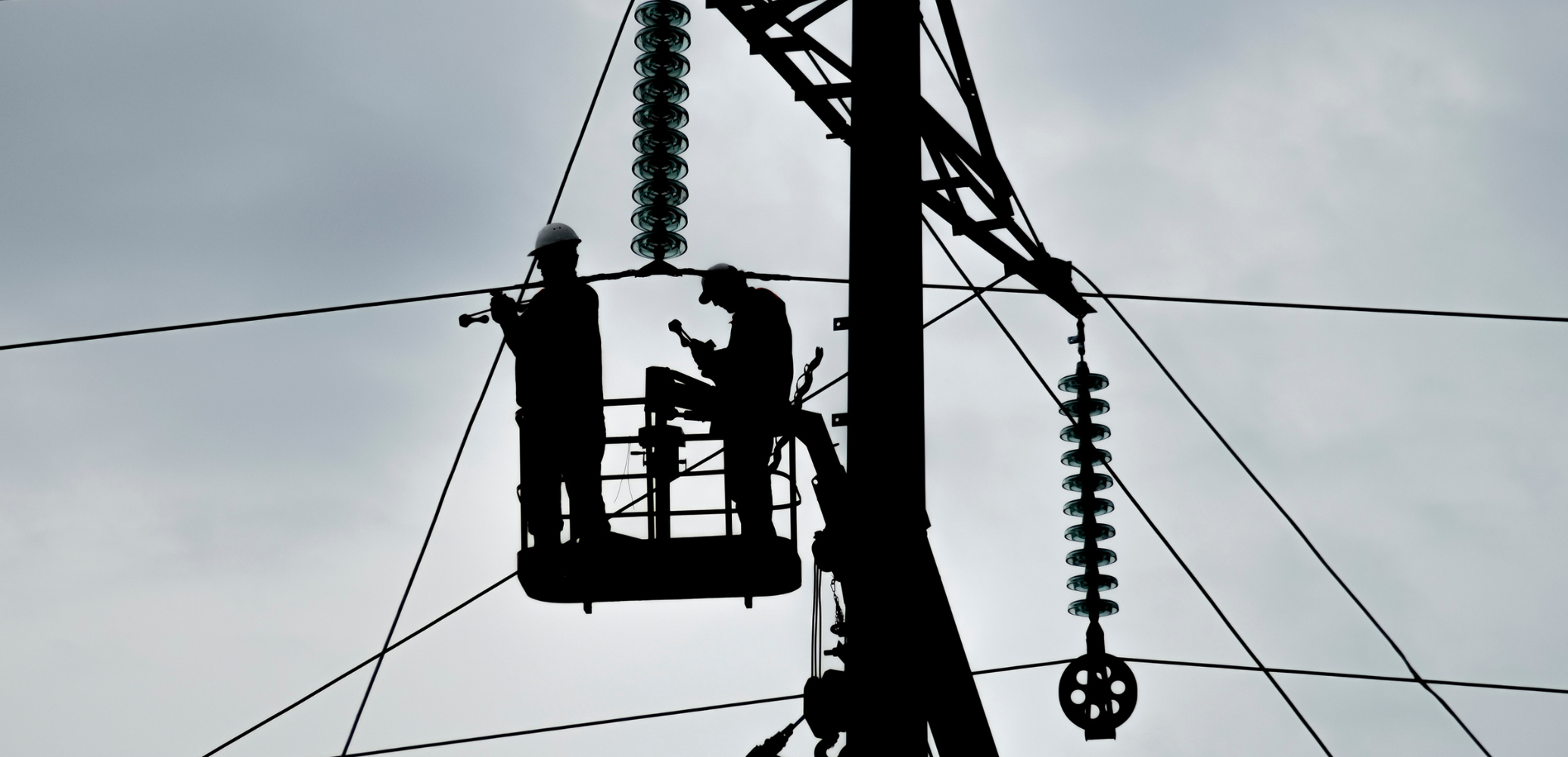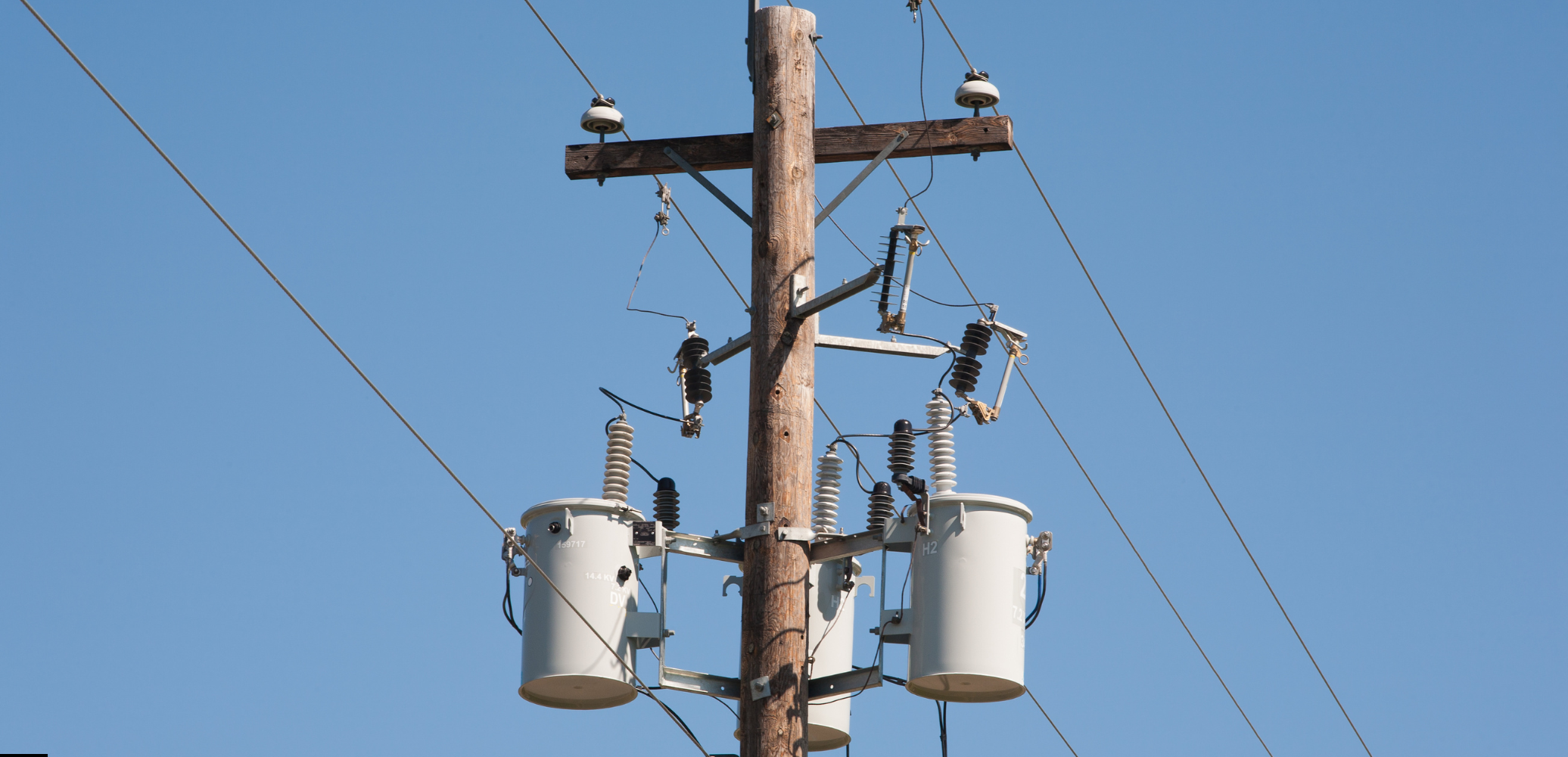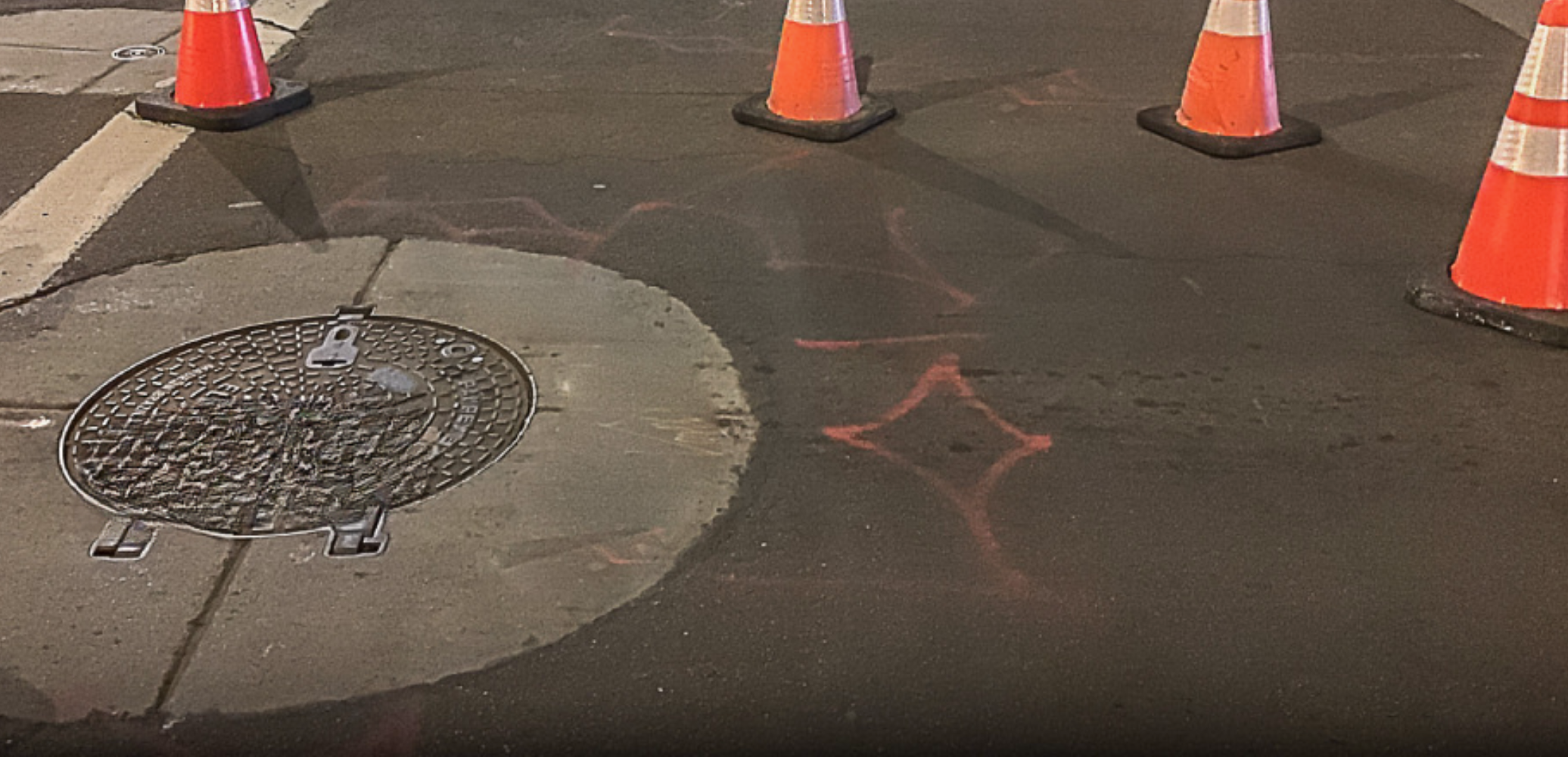
Most utility projects start with good intentions and solid designs. But when field crews arrive on site, reality hits. The pole location doesn't account for underground utilities. Clearances that looked fine on paper create safety issues in practice. Materials that seemed standard won't fit the actual conditions.
These gaps between design and field execution cost more than time and budget. They erode trust, create safety risks, and force crews to improvise solutions under pressure.
The Problem Is Predictable
Utilities face constant pressure to move fast. Design teams work with tight deadlines and limited site access. Engineers create plans based on available data, often from offices far from the field. Meanwhile, construction crews inherit those designs with little input into whether they'll actually work.
The result is rework. According to industry data, utilities lose significant project value to avoidable design issues discovered during construction. Crews stop work to wait for redesigns. Materials get reordered. Schedules slide. Costs climb.
This isn't about blame. It's about process. When design and field operations stay siloed, problems go unnoticed until the most expensive time to fix them.
What Constructability Reviews Actually Do
A constructability review puts experienced field eyes on designs before construction begins. The process is straightforward: qualified electrical workers review plans with a checklist of real-world considerations.
They verify pole access for line trucks. They check clearances against NESC requirements and site-specific conditions. They confirm materials will fit as specified. They identify potential safety issues, permitting gaps, or easement conflicts.
These reviews happen through cross-functional meetings that bring together design, construction, safety and GIS teams. Every issue gets documented, assigned and tracked through resolution. Nothing gets pushed to the field unresolved.
The approach works because it uses the right expertise at the right time. Field personnel know what works and what doesn't. They've seen the patterns. They understand the constraints. Engaging them early prevents problems rather than reacting to them later.
The Business Case Is Simple
Over a recent period, constructability reviews helped reduce rework by 22% across thousands of annual inspections. That number represents real dollars saved and schedules protected.
Lower rework means fewer change orders, less material waste, and reduced labor costs. It means field crews spend time building instead of waiting. It means fewer safety incidents caused by improvised solutions.
Faster execution creates additional value. Projects finish on time. Crews move to the next job without delays. Customers get service upgrades when promised. Internal resources stay productive instead of cycling back to fix avoidable problems.
Better coordination between teams improves more than individual projects. It builds organizational capability. Design teams learn what works in the field. Field crews gain confidence in plans. Trust develops between groups that historically operated in separate worlds.
How It Fits Into Operations
Constructability reviews don't replace existing quality processes. They enhance them. The review happens after design completion but before construction mobilization. It's a structured checkpoint that catches issues standard QA/QC might miss.
The process starts with pre-review preparation. Design teams assemble complete packages including plan drawings, equipment schedules, load calculations, material lists, and permit documentation. They verify scope against customer requirements and utility standards.
Field validation follows. Reviewers examine overhead and underground distribution specifics. For overhead work, they confirm pole locations, span lengths, conductor specifications, clearances, access routes and any tree conflicts. For underground projects, they verify conduit specifications, vault conditions, transformer placements, and manhole configurations.
A constructability assessment matrix summarizes findings across critical categories: access, clearances, material fit, safety conditions, permitting status and easement requirements. Each item gets flagged for action if needed.
Cross-functional review meetings resolve issues collaboratively. Design revisions happen before field mobilization. Final sign-off ensures nothing moves to construction with unresolved concerns.
What Makes It Work
The effectiveness of constructability reviews depends on who conducts them. Over 35% of Integrity's review team holds journeyman or lineman certifications. They bring field experience that purely office-based reviewers can't replicate.
These professionals understand the practical constraints of utility work. They know how equipment behaves under real conditions. They recognize when a design assumption won't survive contact with site realities.
Structured checklists keep reviews consistent and thorough. But expertise matters more than documentation. The checklist guides the process. Experience identifies the problems.
Technology supports but doesn't replace this human judgment. GIS data, survey information and field visits provide context. Tools like LiDAR scanning, 3D modeling and infrared analysis add precision. But interpreting that information still requires someone who knows what they're looking at.
The Larger Pattern
Constructability reviews address a fundamental challenge in utility operations: keeping design decisions connected to field realities. As grids become more complex and project timelines compress, this connection becomes harder to maintain.
Distributed energy resources, grid modernization initiatives and aging infrastructure all increase design complexity. Engineers balance more variables with less margin for error. Meanwhile, experienced field personnel retire faster than utilities can replace their institutional knowledge.
Constructability reviews capture and apply that knowledge systematically. They create a feedback loop between design and operations. They prevent the most expensive kind of learning: discovering problems after construction starts.
The approach scales beyond individual projects. Organizations that embed constructability thinking develop better designs over time. Common issues get prevented in initial designs rather than caught in reviews. Design standards evolve based on what actually works in the field.
What It Means for Utilities
Most utilities already perform some form of design review. The question is whether those reviews include the right perspectives at the right time. Office-based QA catches engineering errors. Constructability reviews catch execution risks.
The difference matters. An engineering error affects calculations or code compliance. An execution risk affects whether crews can safely and efficiently build what's designed. Both need attention. Neither substitutes for the other.
Utilities that invest in constructability capability see measurable returns. Projects finish faster with fewer change orders. Safety performance improves when field conditions match expectations. Crew productivity increases when designs account for real-world constraints.
The investment isn't trivial. It requires qualified field personnel spending time on review activities instead of direct execution. It requires coordination mechanisms between design and field groups. It requires process discipline to ensure reviews happen consistently.
But the alternative costs more. Rework, schedule delays, material waste and safety incidents all carry higher price tags than prevention. And unlike capital investments, process improvements compound over time.
Looking Forward
The utility industry faces a decade of unprecedented infrastructure investment. Grid modernization, electrification and renewable integration will drive project volumes higher while qualified workforce availability remains constrained.
In this environment, execution efficiency becomes competitive advantage. Utilities that can deliver more projects with existing resources will outperform those that can't. Constructability reviews directly support that capability.
The approach isn't new or complex. It simply applies experienced judgment where it creates the most value. But like many effective practices, adoption requires organizational commitment. Design teams must value field input. Field personnel need time and support to contribute. Leadership must prioritize execution quality alongside speed.
The utilities making that commitment now will build capability that lasts beyond individual projects. They'll develop teams that naturally think through constructability. They'll create standards that reflect field reality. They'll reduce the friction that slows delivery and frustrates everyone involved.
Does every project need formal constructability review? Probably not. Standard work with proven designs may not justify the effort. But complex projects, tight sites, new designs or compressed schedules all benefit from field eyes on plans before construction.
The question isn't whether constructability matters. Anyone who's watched a crew discover an unfixable design problem knows it does. The question is whether organizations will systematically prevent those problems or continue reacting to them.




%20Blog%2010%20-%20Designing%20for%20Growth.avif)
